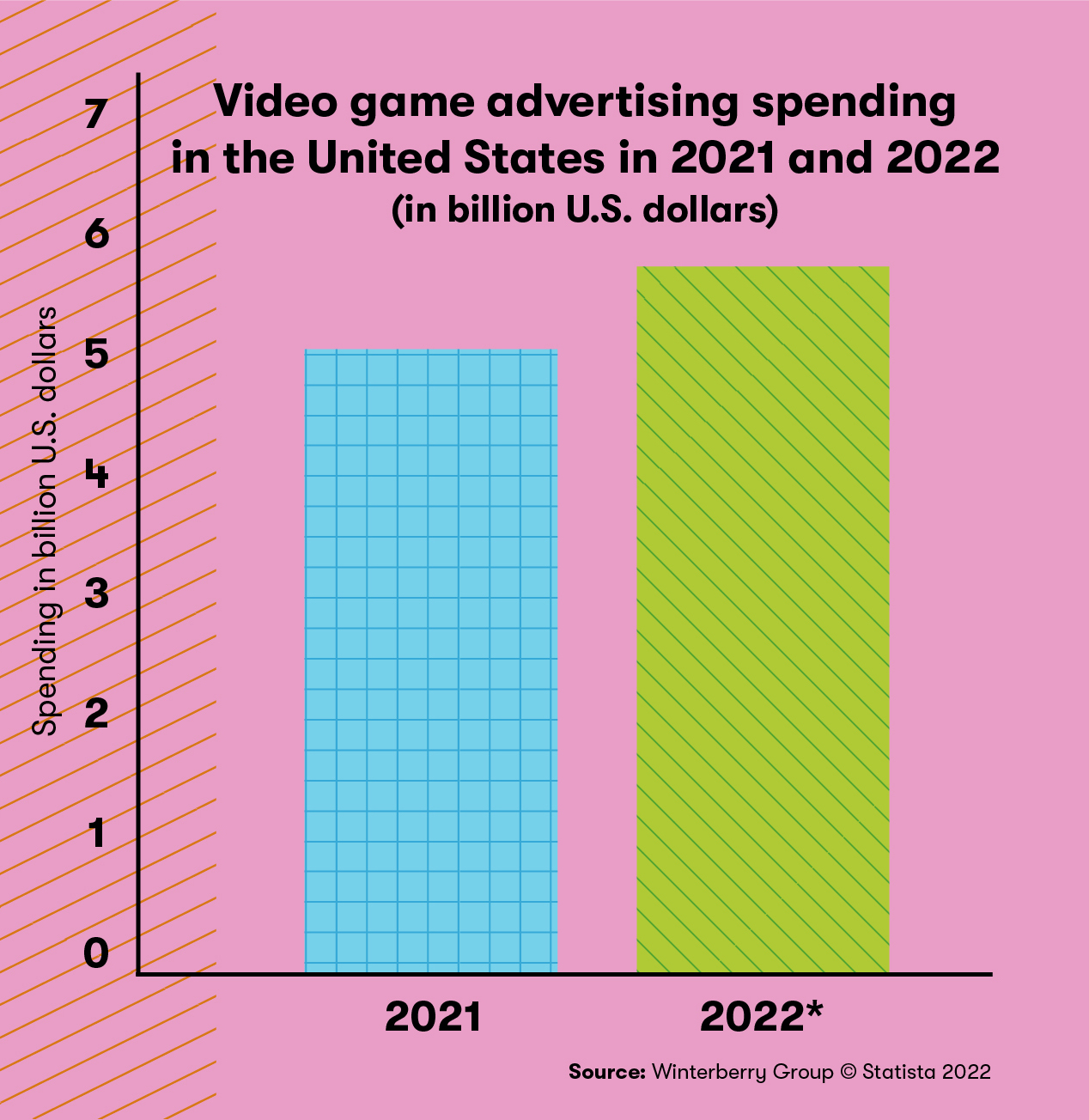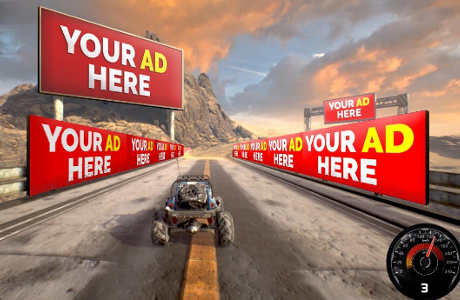
The World of In-Game Advertising
Opportunities in the gaming industry are at an all-time high, making major brands grab the chance for in-game advertising. Here's the ins and the outs of this growing trend.

For all the Honour of Kings and Pokémon GO addicts out there, you might be familiar with in-game advertising. In the middle of the game, you run out of lives, or hearts, or even gemstones. Instead of paying money , there’s another option to continue your quest – watch a full screen advertisement in order to earn more life. Welcome to the world of in-game advertising.
Are they Effective?
The world has become a lot more digitized, which was clear in 2020 when mobile gaming app downloads increased by 45% (Honor of Kings was the top grossing free-to-play title worldwide). It’s also revealed that mobile game users are twice as likely to pay attention to in-game ads in comparison to internet ads. Giving users an option to experience premium features without having to pay real dollars increases the gaming experience and promotes more in-app purchases. This is the reason why 71% of users prefer to watch video ads instead of purchasing these features.
It should be noted that there can be a dark side to in-game advertising, particularly with mobile games. A vast majority of these ads are served up programmatically and many clients do not even know that they are being served impressions in these environments. If these placements are a strategic decision, then leveraging the channel to drive acquisition can be very powerful. If not, it is always good to check because in-game advertising might not be suitable for all brands.
The Different Types
There is a huge difference between in-game ads on PlayStation or an Xbox versus what you would find on an app on your phone, specifically in the free games (but I mean, are they ever really “free?!”).
Currently, smartphone games are the leader of the industry with 45% of the market revenue share in 2022. In comparison, console games hold 29% and downloaded/boxed PC games follow with 19%. Large gaming companies such as Sony and Microsoft are planning to implement in-game advertisements in their free-to-play (F2P) games on their consoles. Currently, advertisements are only shown in the console’s main stores as an in-menu display. Expanding into the F2P games will allow advertisements to show up in places where games would typically promote banners such as billboards or sports stadiums. If implemented, monetizing this will largely increase their market revenue. This will also mean hitting millions of people, seen in the number of subscribers PlayStation had in March 2022 – 47.4 million to be exact.
Choosing a Format
The advertisements can be displayed in many ways throughout the game depending on the brand’s preference. Virtual spaces are sold in the same way real life advertising space is used. This may be through an ad displayed on virtual billboards or having the brand on the character’s clothing. There are different formats of in-game advertisements such as “rewarded videos,” “interstitial,” and “playable.”
Rewarded videos can be watched for an in-game reward. An example is through Duolingo, a language learning mobile app that exchanges video advertisements for hearts that can earn the user more lessons. Interstitial ads integrate their video ads without disruption by taking advantage of the app’s natural pauses and flow. However, the most engaging are playable ads that act as interactive mini games that give the user a preview of the app before it is downloaded.

(Left: Duo Lingo Hearts, Right: Playable Ad)
A Growing Industry
With the recent boom in the gaming industry, it makes sense to take a look into in-game advertising. Brands like Molson Coors discovered that the 21-24 year old demographic spent more time on gaming platforms during the pandemic. thus, they increased their media spend accordingly. Other major brands such as Coca-Cola and Ford are jumping on the trend and investing in mobile gaming, which is being called “the new social media.” There are endless possibilities when it comes to in-game advertising and the community is constantly growing. Take video game ad spend in the last two years (image below).

But beware of the other side to this – impressions may not be as they appear. As a brand, it is important to ensure that the supplier can measure the audience that your advertisement is targeting. The supplier should be able to provide proper measurements, such as where the ad was being shown, when it was counted, and how much of it was viewable. If your ad/product is not safe to be viewed by children, make sure the supplier has effective ways to avoid an underage audience. It’s more difficult to measure an advertisement being featured on a livestream so this makes choosing your platform one of the most important factors – especially if clients are expecting to see an accurate view of ROI.
Overall, we want you to be in the know of what’s happening in this industry. We understand the different landmines within this industry (and there are many!) so it may not always be the best fit for your brand. If you are ready to embark on the exciting adventure of in-game advertising, we hope this effectively prepares you for the next chapter.




